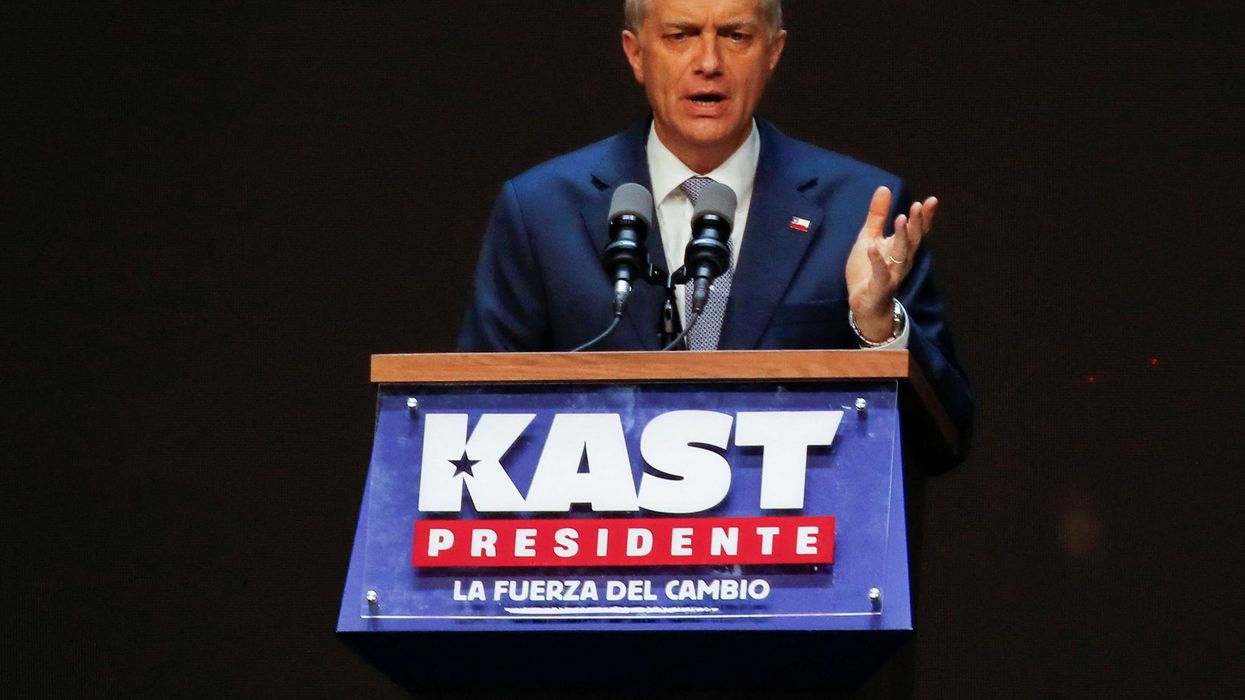The sickening spate of recent anti-Asian hate, most dramatically highlighted by the horrific murders in Atlanta, is not anomalous, but is the current manifestation of an undercurrent of murderous racial violence against Asians that has long plagued the country. Atlanta was a wake-up call to confront that history of anti-Asian sentiment, often over-shadowed by the horrific histories of Native genocide and anti-Black violence.
Cowards and thieves preyed upon individual Chinese in California’s mountains and mining areas in the mid-19th century. Perhaps hundreds were murdered in cold blood for profit and sport. Mobs viciously and brutally killed others throughout the West: 18 Chinese were lynched and mutilated in Los Angeles in 1871; at least 28 were shot and their bodies burned in Rock Springs, Wyoming in 1885; villains killed 34 Chinese in Hells Canyon, Oregon in 1887. These acts of mass murder were blatant, sadistic, and committed with impunity of legitimate authority.
In the 1930s, Filipino farm workers were commonly brutalized in California’s Central Valley. Japanese Americans after Pearl Harbor were attacked as looking like the enemy, with their homes, shops, and persons assaulted. Assailants walked up to Japanese-appearing individuals and shot them in public or right in the beds of their own homes. Other Asians, taken as being Japanese, were victimized too.
The most infamous example of anti-Asian racism is the murder of Chinese American Vincent Chin in 1980. Two unemployed white auto workers bludgeoned Chin to death on a Detroit street after accusing him of being Japanese and stealing their jobs.
In 1989, a gunman in military fatigues opened fire on a Stockton, California elementary school. He killed five Asian children between the ages of 6 and 8. He wounded more than 30 others, most also of Cambodian and Vietnamese background. Their ethnicity was not an issue: only their “race.”
In 1996, two white supremacists used a butcher knife to slaughter Thien Minh Ly, a young Vietnamese American who was rollerblading by himself in a Tustin, California playground. They had gone out to kill an Asian and had not known Ly previously.
In 2012, a heavily armed, avowed white supremacist attacked a Sikh temple in Oak Creek, Wisconsin with automatic weapons. He killed seven worshippers, including a priest. In the years after the attack on the New York City World Trade Center, Sikhs were often taken as Muslim and attacked.
This is an all too incomplete summary of acts of particularly vicious violence against Asians and does not even consider state violence, such as the Chinese Exclusion Acts or the wholesale incarceration of Japanese Americans in World War II.
Several features mark the recent history of the anti-Asian violence: violence is ethnic but also racial, that is, not consistently focused on one ethnicity. Chinatown residents have been frequently targeted — Filipinos, Japanese, South East Asians, Koreans, and South Asian Americans have also been brutalized and verbally with anti-Yellow taunts. Others who appeared Asian, but were Latino or other backgrounds, suffered too. Assaults have been brazen, often in broad daylight in public spaces.
The shameless perpetrators seem unconcerned with videoing. Many of the incidents are fully recorded. The perpetrators have not been connected to state authority, such as police as in the assaults on African Americans, but have been individuals acting on their own, or with associations, to attack others unknown to them (except possibly in Atlanta) and selected apparently at random, except for their racial identity.
Most heart-rending, the victims have in most cases been especially vulnerable members of the community: they have been the elderly out on their own, isolated individuals in empty stores, and women. Figures compiled this past year on anti-Asian violence show that female victims were twice as many as males.
The pattern of the recent incidents is consistent with historical racist perceptions of Asians. Asians in America are a peril and a threat: biologically, medically, socially, and religiously. They are offensive. But they are also inoffensive, weak, and deserving of insult and assault. In America, Asians could be “picked on” because, it was assumed, they could not, or would not, respond. The cowardly assault of elders and females is an exact expression of this contemptuous attitude.
Former President Trump’s association of COVID-19 with race (the “Chinese virus,” the “kung flu”) opened the can of racial scapegoating. He legitimized the anti-Asian violence that steadily mounted this past year. The Atlanta atrocity emphasizes the danger of stigmatizing Asians as social threat and the implications of international politics on U.S. domestic life: the emotional rhetoric that has accompanied the sharp decline in U.S.-China relations has fueled racial hatred. Many make no distinction between Beijing and Asians in America.
Asian Americans, from well-known celebrities to grandmothers in Chinatown, have responded with unprecedented public expressions of anguish and anger. They are condemning the violence and asserting their humanity. Asian Americans will not be picked on with impunity.
















